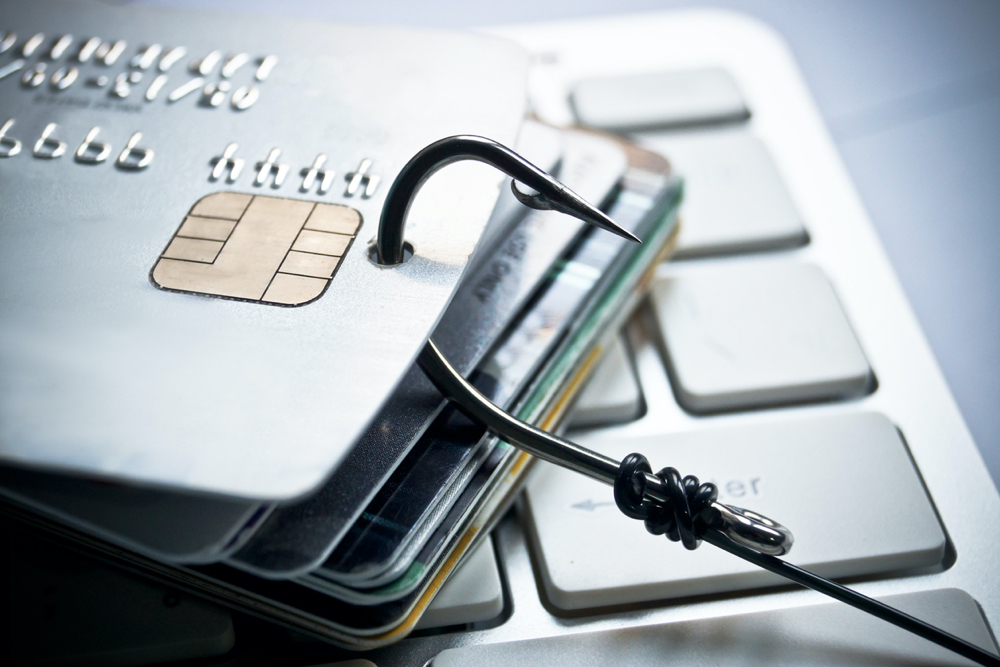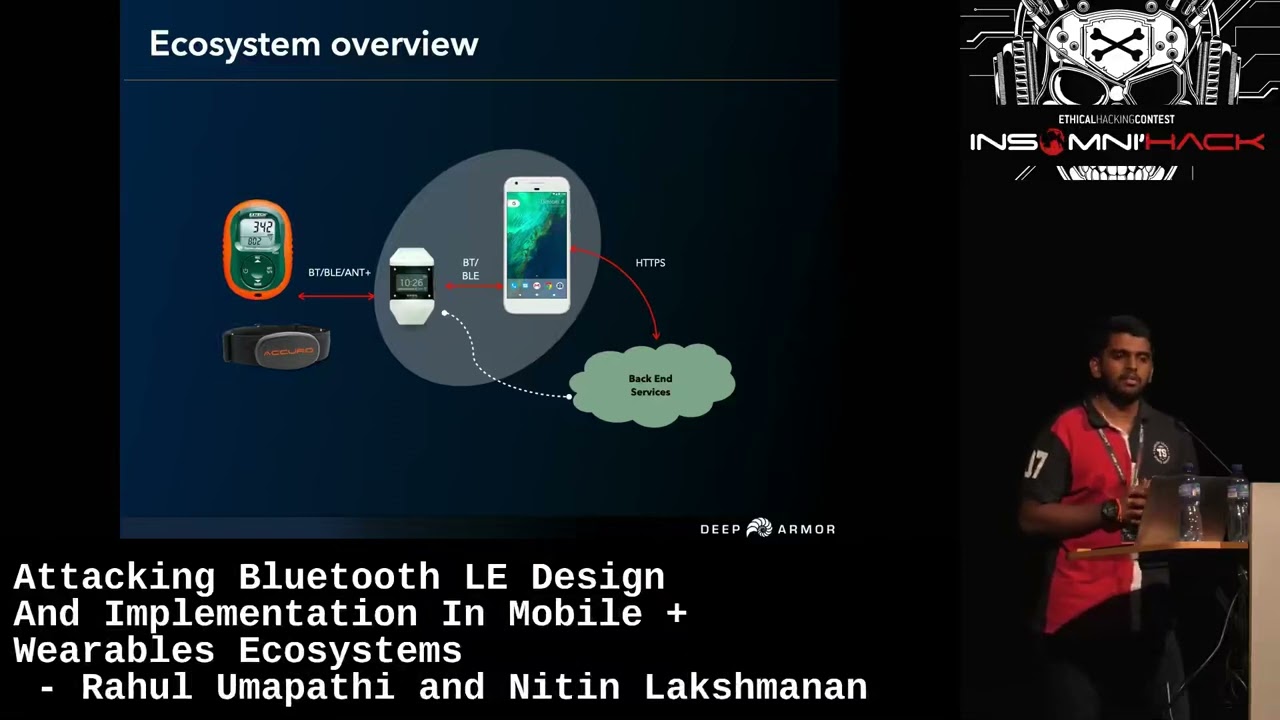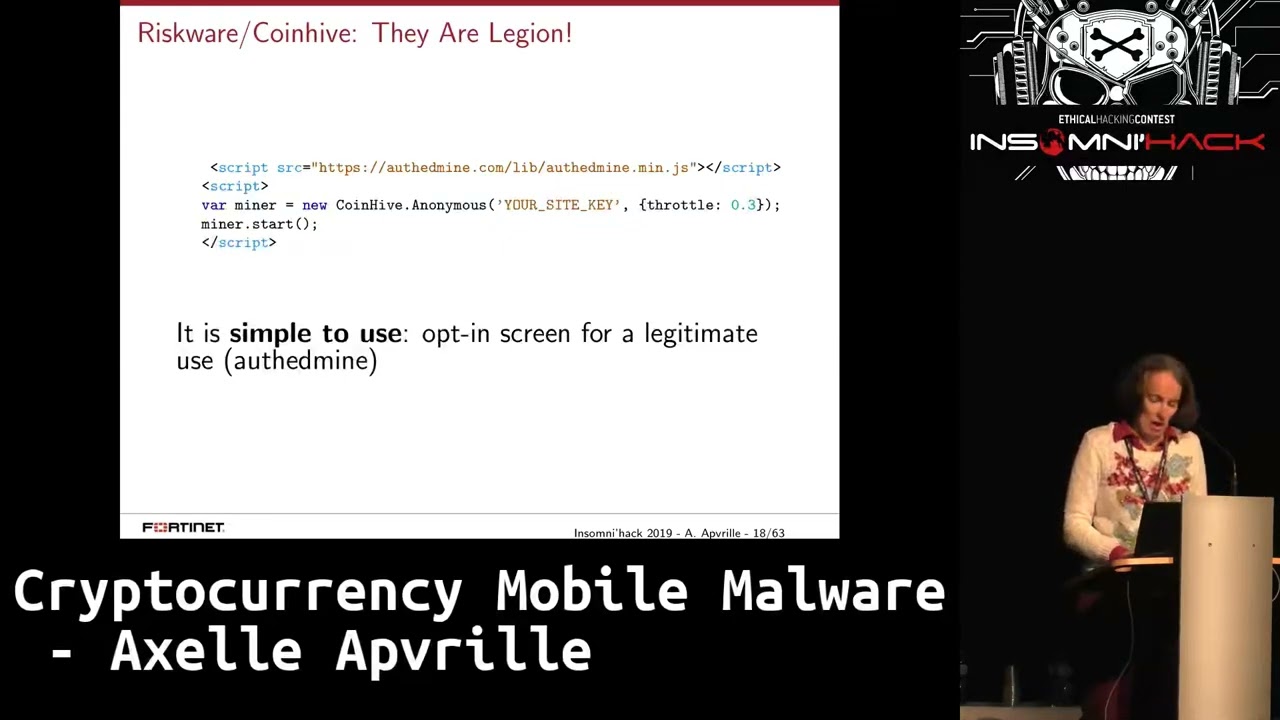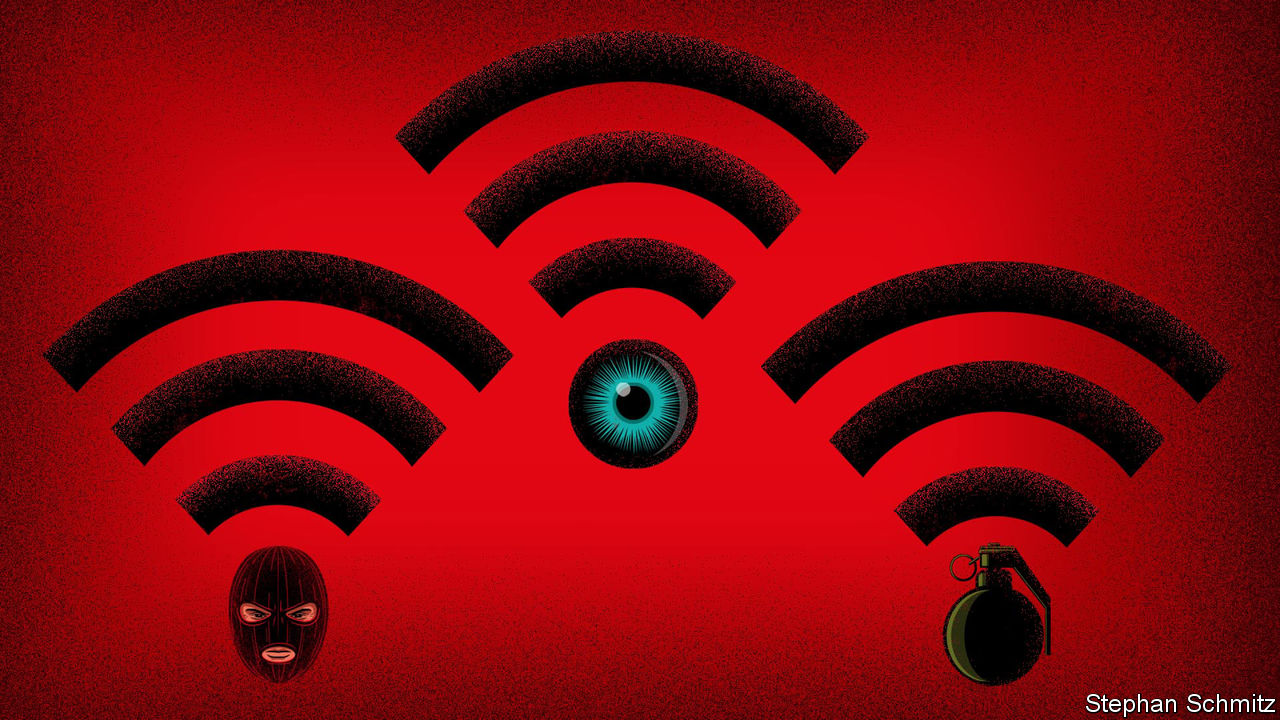Phishing Attacks Statistics & Facts 2023
In today’s digital landscape, phishing attacks have become a persistent threat, jeopardizing the security and privacy of individuals and organizations alike. Understanding the scope and impact of these threats is crucial for implementing effective cybersecurity measures or avoiding potentially debilitating costs.
Phishing statistics can serve as a reliable visual of the real threat behind phishing attacks. With disparate sources online, we’ve pulled together data about the overall impact of phishing attacks through the examination of phishing data on the global economy.
Phishing Statistics Highlights
- Phishing attacks account for 36% of all US data breaches.
- 83% of all companies experience a phishing attack each year.
- There was a 345% increase in unique phishing sites between 2020 and 2021.
- There were 300,497 phishing attacks reported to the FBI in 2022.
- Each phishing attack costs corporations $4.91 million, on average.
Summary of Types of Phishing Attacks
Phishing scams account for nearly 36% of all data breaches, according to Verizon’s 2022 Data Breach Report. And according to a Proofpoint study, 83% of all companies experienced a phishing attack in 2021.
Here are some of the most common phishing attacks an organization could face:
| Phishing Type | Explanation |
| Email Phishing |
|
| Spear Phishing |
|
| Whaling |
|
| Pharming |
|



